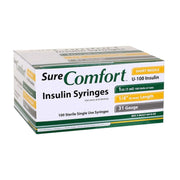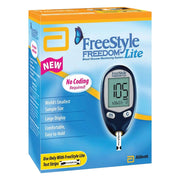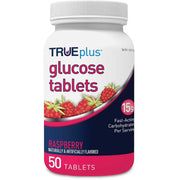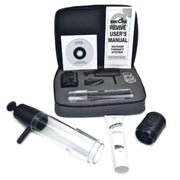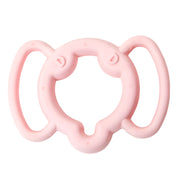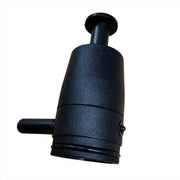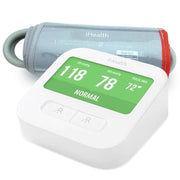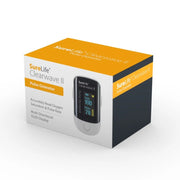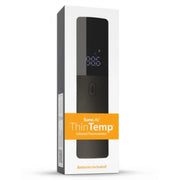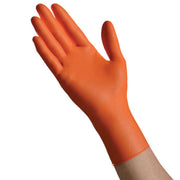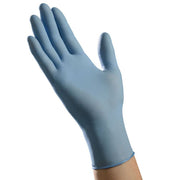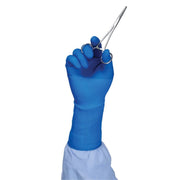PRODUCT DETAILS
iHealth® PO3M Wireless Pulse Oximeter is a non-invasive device intended for spot-checking of functional oxygen saturation of arterial hemoglobin (SpO2) and pulse rate. It is intended to measure blood oxygen saturation and pulse rate of adults above 16 years old in home and hospital environments. It is not intended for continuous monitoring.
- Parts and display indicators: Wireless pulse oximeter PO3M, lanyard, operation manual, quick start guide, USB cable.
- Contraindication: Cannot be used on infant babies.
- Warnings: This device is for use on adults only, certain activities may pose a risk of injury, including strangulation, if the lanyard should become wrapped around your neck, use the lanyard with caution, do not use the device in a magnetic resonance (MR) environment.
Frequently Asked Questions (FAQs)
Q: How do oximeters work?
A: Pulse oximeters measure blood oxygen levels and heart rate by analyzing light absorption through the skin.
Q: Where can I buy an oximeter?
A: You can purchase pulse oximeters online or at medical supply stores and pharmacies.
Q: Are pulse oximeters accurate?
A: Yes, pulse oximeters provide reliable readings when used correctly, but factors like nail polish, cold fingers, and poor circulation can affect accuracy.
Q: What do oximeters measure?
A: It measures the oxygen saturation level in your blood (SpO2) and your pulse rate.
Q: How do pulse oximeters measure oxygen?
A: They emit light through the skin and analyze how much light is absorbed by oxygenated and deoxygenated blood.
Q: Does a pulse oximeter measure heart rate?
A: Yes, pulse oximeters provide a real-time pulse rate reading along with oxygen saturation levels.
Q: Can an oximeter detect a heart attack?
A: No, a pulse oximeter does not diagnose heart attacks. It measures SpO2 and heart rate but does not detect blockages or cardiac distress.
Q: Does a pulse oximeter measure blood pressure?
A: No, pulse oximeters do not measure blood pressure. They only monitor oxygen saturation and pulse rate.

